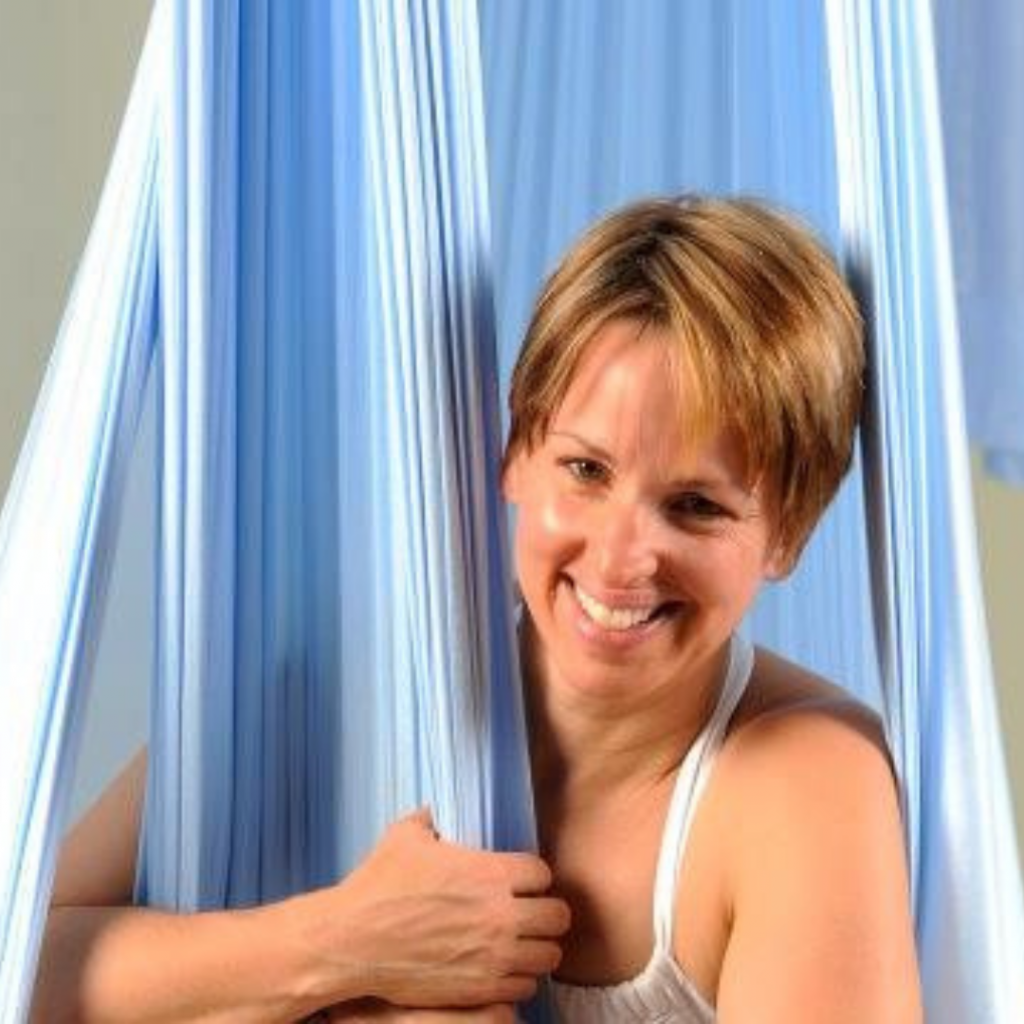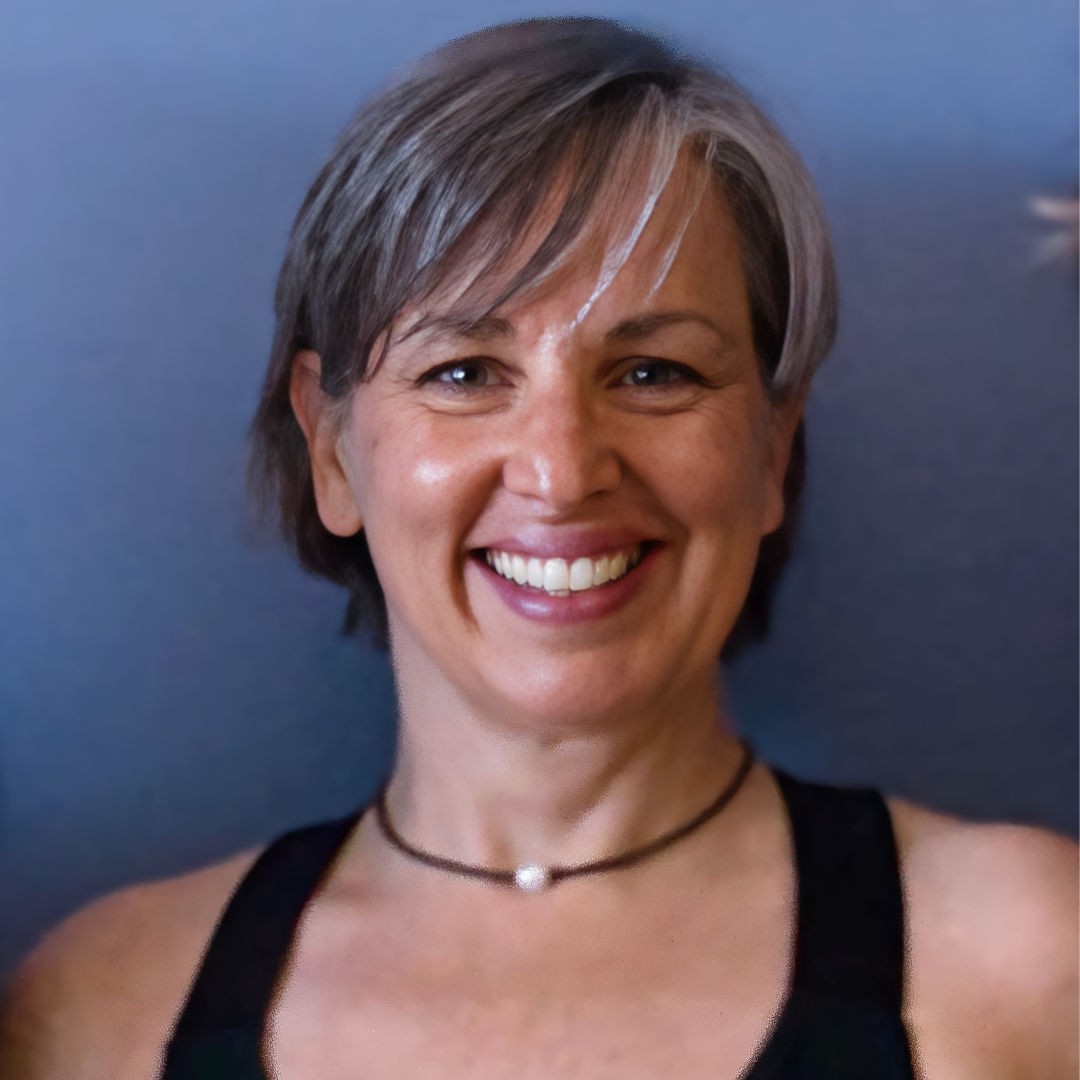
by Lisa Babiuk
What are we stretching? It’s not just muscles. Consider that fascia is a continuous network of varying densities – muscle, tendon, ligament, bone – and there are also nerves and blood vessels throughout. How does stretching affect the body globally? If the purpose of stretching is to increase range of motion,
are we considering the structural or neurological limitations from wear and tear caused by stretching over time? Again, think beyond just the muscles? What are we feeling when we stretch?
Many express a good feeling from stretching but is that the feeling, or the idea of doing something that we’ve been told is “good” for us? Clinical Anatomist and Exercise Physiologist, John Sharkey, has stated that just because something feels good doesn’t mean it’s good for you and do we understand the consequences?
Have you actually placed your hand on your hamstrings and felt what was happening to them as you stretched? Try it. Do you feel them lengthen? You may feel that the muscle becomes more mobile, or you may feel an obvious sensation in your hamstrings that we perceive as a “stretch”, but did the muscle get
longer? What did you feel? There are many questions to consider when engaging in the practice of stretching with the intention of lengthening muscles and making them more flexible.
Static stretching has been a popular method pre-exercise, to increase flexibility and range of motion as a warmup, and as a post exercise intervention for stiff muscles that have decreased movement and mobility. However, it has been shown that it is ineffective for both pre and post exercise, making performance less efficient as tissues lose the ability to expand and recoil in response to force (1). More effective is a dynamic stretch approach staying within ranges of movement that the body can efficiently adapt from one moment to the next. This doesn’t mean that we aggressively bounce and pull deeper into a stretch; a slower approach gives tissues time to respond with a gliding motion between fascial fibres.
What if we felt the volume, the amount of space we have to move multi-directionally rather than linearly quantifying achievements of increasing range of motion? Using the felt sense as a guide to notice when the movement is more efficient and supportive rather than a barrier to break through and ignore. It’s the sensory system that is telling us to stop or change course; it is damaging to override this in our efforts to attain something that is aesthetically pleasing. We have created an intellectual process to achieve something mechanical that is easily measured, but dismiss the intuitive experience of movement that provides for a healthier approach to exercise.
Movement is life – move well, live well.
(1) https://www.mdpi.com/2306-5354/10/4/474
A fuller version of this article appears in the Members’ Area. Find out about our membership option here.
Lisa Babiuk
Joining The Hub
There are many benefits to joining The Fascia Hub community. We will be continually revising and updating how we can better support our members. Of course, if you have any ideas or thoughts as to what you would like to see, then we would love to hear from you. Our membership proposition is continually evolving and changing to ensure that we bring you the best from the world of fascia. If there is something you would like to learn more about, please do drop us a line and let us know.

